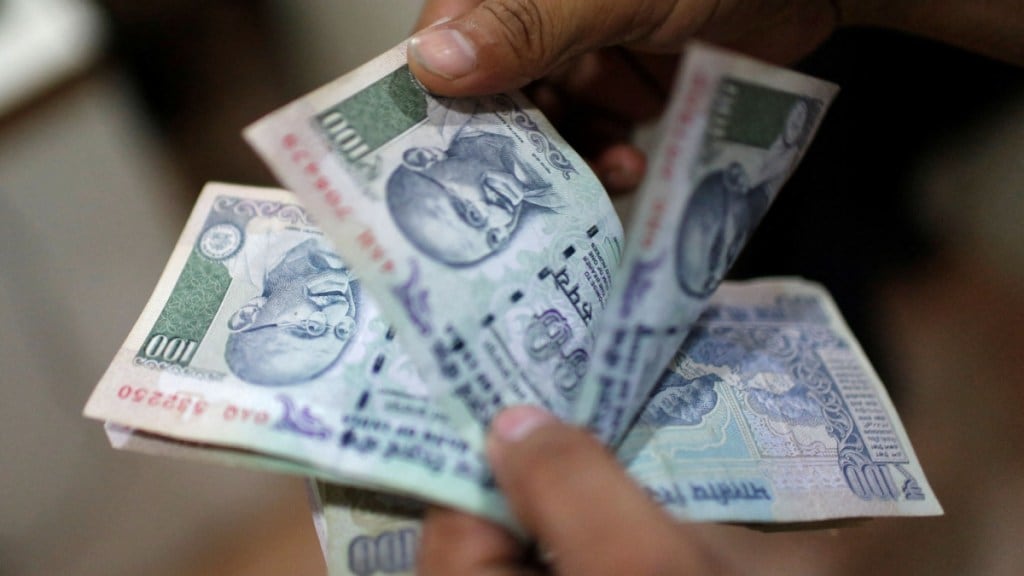By Tina Edwin
The Union Budget for 2024-25 will present a road map for Viksit Bharat@2047, finance minister Nirmala Sitharaman had committed during the presentation of the interim budget for the year in February. Thus, she is expected to announce measures to accelerate the pace of development and leverage India’s vast demography and diversity to transform India into a developed nation at the centenary of its independence. The task is arduous, evident from the distance India needs to travel. For instance, the country’s per capita GDP of $2,700 needs to exceed $20,000 for it to join the club of developed economies.
The country needs to act on multiple fronts to get to the target. As Sitharaman rightly mentioned in her interim budget speech, people’s capabilities need to be improved and they need to be empowered if the country is to attain the goal by 2047. This requires workers who are better educated, skilled, healthy and well-nourished. That then means that the government must continue to support schemes to educate children, skill the youth, provide healthcare facilities to all at minimum costs, ensure every individual gets enough nourishment and has a home to stay with the basic facilities like tap water, clean cooking fuel, power and toilet.
The spending on welfare schemes to achieve these goals must continue even as the government increases focus on creating infrastructure and improving connectivity across the country.
The budget can be expected to do that not only to achieve the Viksit Bharat goals but also because the Bharatiya Janata Party (BJP) has many high-stakes assembly elections coming up in the next few months. The party will be keen to win states such as Maharashtra, Haryana and Jharkhand in their October-November assembly elections after the disappointment it faced in the 2024 General Elections when it fell short of a simple majority.
Increased spending on welfare schemes, particularly those targeted at the rural populace, can boost consumption – rural demand continued to lag while urban demand gathered momentum in the post-pandemic period. Increased consumption could eventually encourage businesses to invest in capacity expansion. The government may also want to pacify farmers who are demanding a guaranteed minimum support price (MSP) for some of their produce by offering increased cash transfers under the Pradhan Mantri Kisan Samman Nidhi (PM KISAN) scheme.
The outlays for most welfare schemes saw only a marginal change in the interim budget from the 2023-24 budget and revised estimates. This was because the interim budget is largely a vote-on-account to enable the government to function and the ongoing schemes to run till the regular budget is presented and passed by a newly elected government.
The Mahatma Gandhi National Rural Employment Guarantee Scheme (MGNREGS) might not be among the schemes that will benefit from increased allocation in the budget estimates (BE) as the demand for work might ease given that the monsoon has been fairly widespread and is expected to improve in August. The demand for MGNREGS work usually shoots up in a drought year. The allocation for the current fiscal was kept at the revised estimate (RE) level of Rs 80,000 crore, which was 43% higher than the BE for 2023-24, even though wage rates were increased by 3-10% for the current fiscal year. The allocation of MGNREGS is usually increased in the RE in most years because governments have traditionally underprovided for the scheme in the budgets. The spending on MGNREGS peaked in 2020-21 as a hard lockdown affected employment in urban areas and many migrant workers who returned to their villages sought work under the scheme.
In comparison, schemes such as Pradhan Mantri Awas Yojna (PMAY) and Jal Jeevan Mission (JJM), programmes meant to help the poor build homes and ensure tap water in their homes, could get increased outlay for spending. The allocations made for both these schemes in the interim budget are more or less at the BE levels for 2023-24. Both these programmes are critical for achieving Viksit Bharat goals.
The outlay for PM Gram Sadak Yojna, for which the spending/allocation has mostly stagnated at around Rs 19,000 crore since 2022-23, could get enhanced if the government is serious about achieving the twin objectives of improving connectivity and providing employment. Improved rural connectivity has a multiplier effect on the rural economy as farmers move their produce to mandis faster, and easier commutes between villages and towns can encourage people to seek employment outside agriculture. The spending on the scheme had been pared by Rs 2,000 crore in the RE.
The schemes that are to benefit farmers need an increase in allocation. The PM Kisan scheme, launched in December 2018, transfers Rs 6,000 per year to land-holding farmer families in three instalments. Given the rate of inflation, increased cost of inputs and depressed farm incomes, the government may consider increasing the amount transferred to farmers. That will necessitate an increase in the Rs 60,000 crore allocation for the scheme, mostly unchanged since 2020-21, except in 2021-22 when the spending rose to Rs 66,825 crore. The crop insurance scheme and modified interest subvention scheme (MISS), also intended to benefit farmers, did not see any meaningful increase in allocation in the interim budget. Any widening of the coverage of the scheme will call for enhanced allocation.
The allocation for subsidies on urea and fertilisers was lower than the RE numbers. It may need revision depending on the price of inputs in the international market and demand from farmers.

